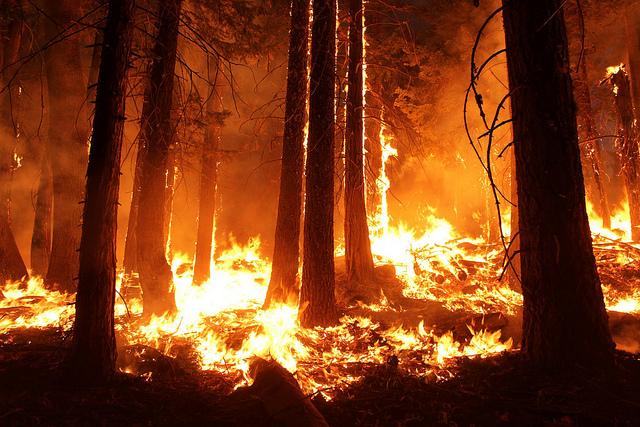
What’s it like to investigate a wildfire?
Determining the cause of a wildfire is a painstaking, arduous job involving lots of data and hard physical labour under adverse conditions.

Determining the cause of a wildfire is a painstaking, arduous job involving lots of data and hard physical labour under adverse conditions.

A study that assessed over 2,600 firefighters in a large urban fire department found female firefighters to be at high risk of post-traumatic stress disorder.
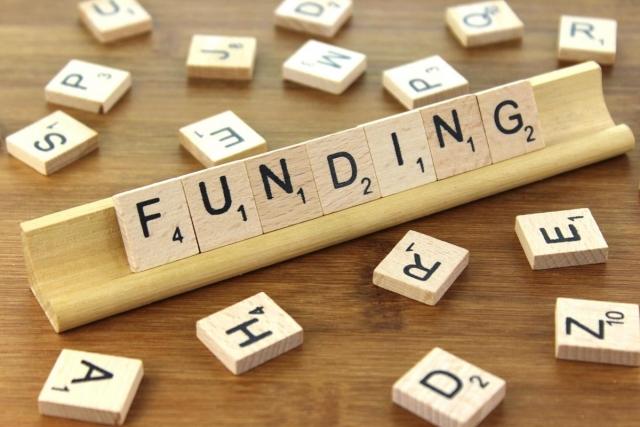
The Province of BC has announced $5 milion in extra funding for equipment and training for smaller volunteer and composite fire departments and First Nations communities.
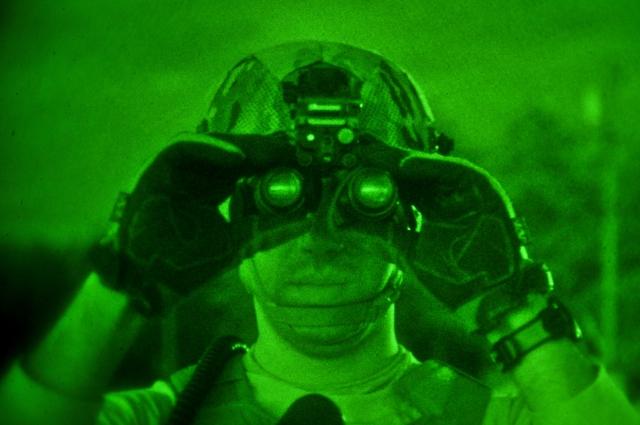
The BC Wildfire Service is embarking on a pilot project using night vision technology to fight wildfires.
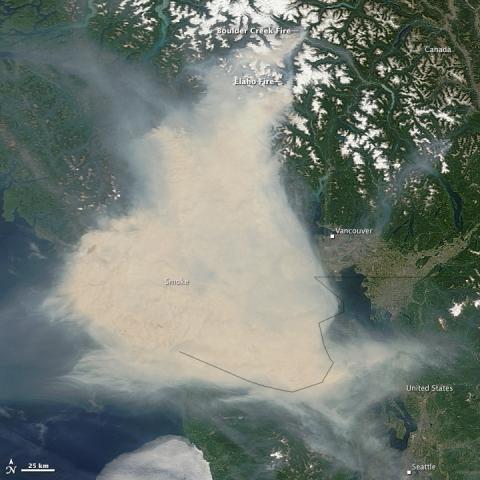
FireSmoke Canada provides forecasts, information and resources about smoke from wildfires.
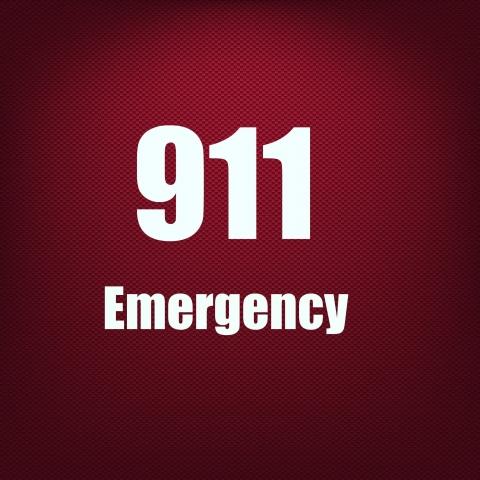
Calgary 911 is one of two centres in Canada (along with Red Deer) and 22 around the world to achieve status as an Accredited Centre of Excellence (ACE) for its use of the Fire Priority Dispatch System and the Medical Priority Dispatch System.
Firefighters from Nevada say their workouts taught them, “it’s OK to be uncomfortable and that translates very well to working long, hard hours.”
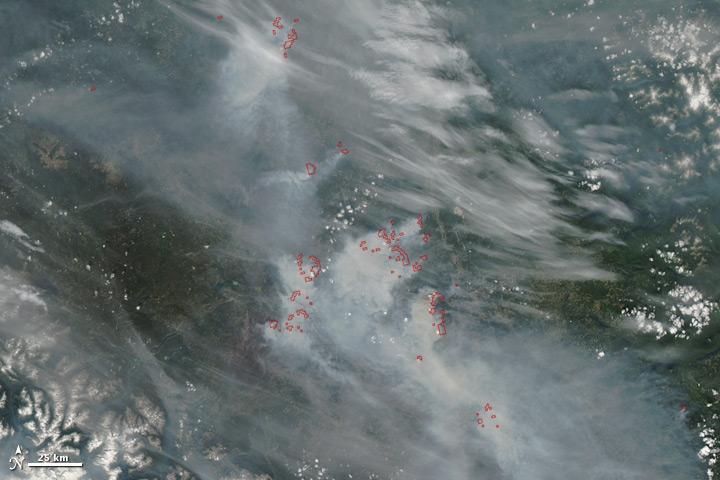
The Tsilqhot’in First Nation has released a review of the 2017 wildfire season. The review makes 33 recommendations for improvements in training, infrastructure and funding.
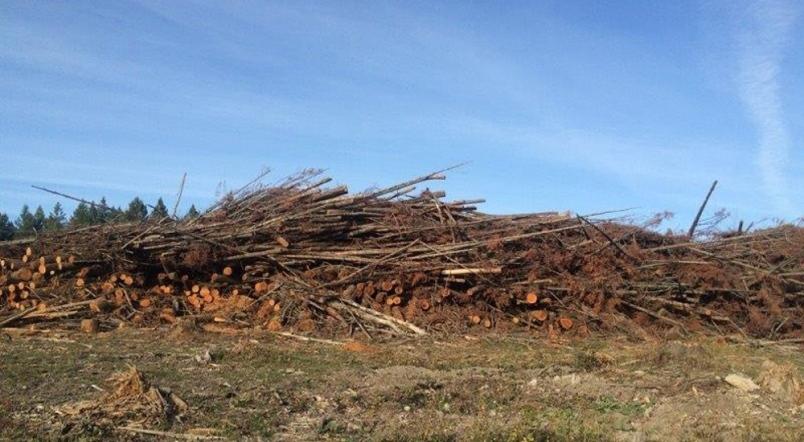
Current rules allow forestry companies up to 30 months to clean up debris left by logging and, even after cleanup, to leave large amounts of debris on the ground.